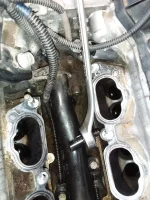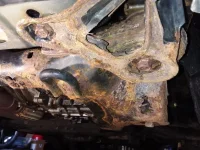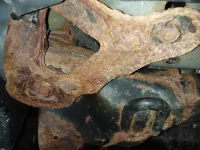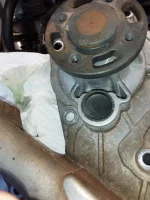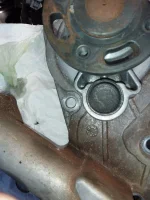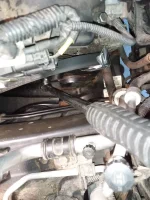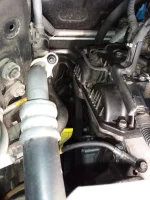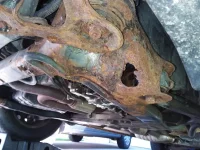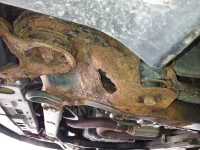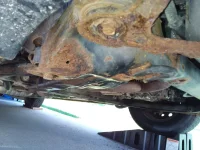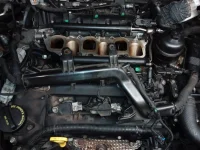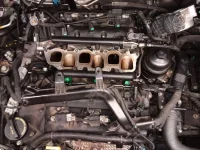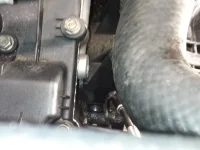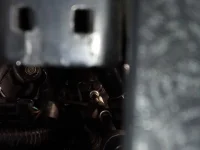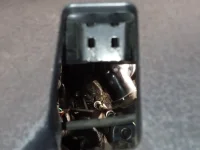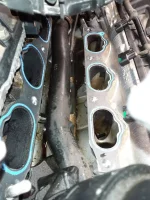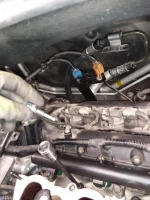Supersonic
Thread starter
Just got the valve covers off, 3 things stood out, 2 from the intake manifold removal; getting the 14mm bolt at the rear bracket, not hard just use the thin ratchet with a short socket; the power steering bracket attaches with 2 - 10mm bolts that are easily accessed at the top, the wire harness being the last, just knowing how to get the connectors loose - some have a safety that must be released before the tab can be pushed; and the plastic hold downs are fairly easy to remove with a hooked pick, push in the one side, lift and push in the other side. Nothing was real difficult, though the valve covers were stuck down pretty good.



Last one is a close up of bank 1 and the exhaust VVT solenoid, I did get a new replacement, hoping I never have to remove the rear valve cover again. Just going to check the gap on the spark plugs and a light coat of anti-seize assuming the are fairly new NGK iridium's like the front bank. The coils are all Denso, I did have replacements for the rear, Rock Auto's Spectra Premium, Limited Lifetime guarantee, but I think it'll be fine with the Denso's. Also left the rear coils attached to that section of the wire harness. I really like the wire harness in that the different sections can be disconnected, most fairly easily.
Next 2 days will be getting the timing cover off and cleaning up the gasket surfaces. Parts should be here Wednesday, which reminds me, I should get some Permatex Ultra Grey in the aerosol can too, so I have that option too. Drive belt and water pump next, unlike the video of the guy working on the Santa Fe, the Sedona looks like there is plenty of room on that end.
Last one is a close up of bank 1 and the exhaust VVT solenoid, I did get a new replacement, hoping I never have to remove the rear valve cover again. Just going to check the gap on the spark plugs and a light coat of anti-seize assuming the are fairly new NGK iridium's like the front bank. The coils are all Denso, I did have replacements for the rear, Rock Auto's Spectra Premium, Limited Lifetime guarantee, but I think it'll be fine with the Denso's. Also left the rear coils attached to that section of the wire harness. I really like the wire harness in that the different sections can be disconnected, most fairly easily.
Next 2 days will be getting the timing cover off and cleaning up the gasket surfaces. Parts should be here Wednesday, which reminds me, I should get some Permatex Ultra Grey in the aerosol can too, so I have that option too. Drive belt and water pump next, unlike the video of the guy working on the Santa Fe, the Sedona looks like there is plenty of room on that end.

